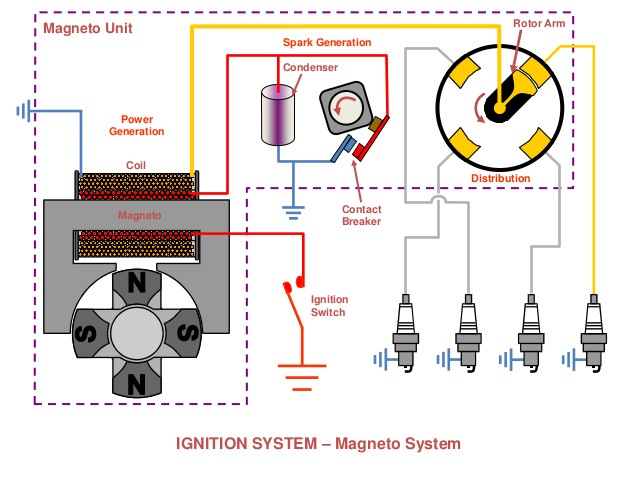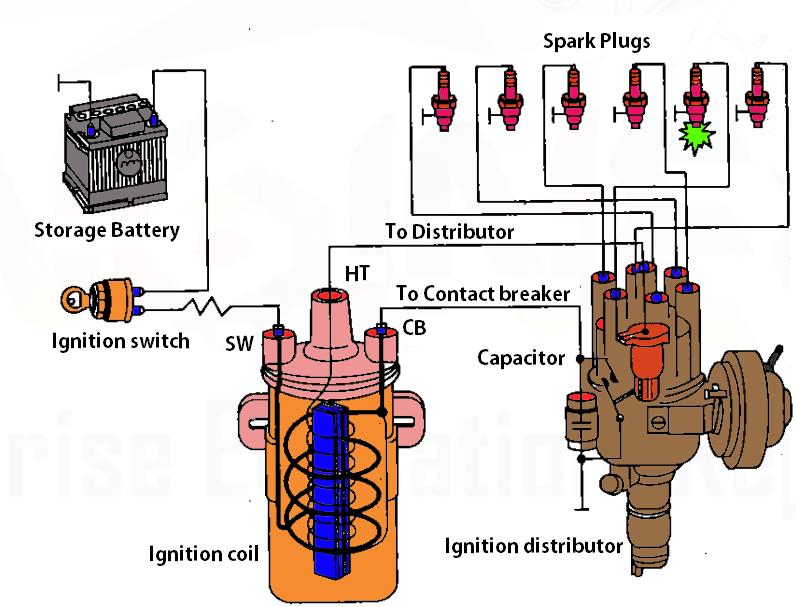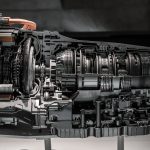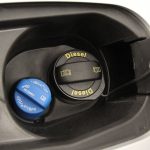Since in modern automobiles, new technologies have been introduced and it has been found that the use of sensors and electronic components gives more effective and accurate output than mechanical components, the Electronic Ignition System takes place.
So today we are going to learn What is Electronic Ignition System? and also the types and parts of an Electronic Ignition System. And how Electronic Ignition System works and its advantages.
What Is an Ignition System?

Electronic ignition uses electronic controls that replace electromechanical components used in previous-generation vehicles. It creates electrical impulses and supplies spark plugs to ignite the air-fuel mixture. Electronic ignition does not use electromechanical parts the same as older systems.
However, it uses an electronic switching device that sends electrical impulses to the spark plug and thereby ignites the fuel. Electronic ignition also can maintain the correct ignition timing. And at the same time, it gives a continuous production of high current.
Components Of the Ignition System
Battery
It is the powerhouse of the ignition system as it supplies the required energy to the ignition system, similar to a battery coil ignition system.
The battery is a source of electrical power when the engine is stationary. It also supplies power from the generator when it is not turning fast to produce 12 volts.
Ignition Switch
It is the switch used in the ignition system that controls the on and off of the system in the same way as the battery coil ignition system.
The ignition switch is usually mounted on the steering column or dashboard and controls the flow of current between the battery and the ignition system.
Ignition Control Module or Control Unit Of Ignition System
It is the brain or programmed instruction given to the ignition system that automatically monitors and controls the timing and intensity of the spark.
It is the device that receives the voltage signal from the armature and turns the primary coil on and off, it can be placed separately outside the distributor or placed in the electronic control unit box of the vehicle.
Armature
The armature contact breaker points of the battery ignition system are replaced by an armature with a tooth (rotating part), a vacuum, and a reluctant one with a pickup coil (voltage signal) to hold.
The electronic module receives the voltage signal from the armature to form and break the circuit, which in turn determines the distributor’s time to deliver the spark plug correctly.
Battery Ignition Coil System An electronic Ignition-Systems is used to produce a high voltage in spark plugs in the same way as ignition coils.
The coil has a metal casing with two sets of insulated wire windings on the soft iron central core. The collapse of the magnetic field generated around the primary winding generates a flow of height in the secondary winding that goes through the distributor to the spark plug.
Ignition Distributor
As the name indicates it is a device used to distribute current to the spark plug of a multi-cylinder engine. The distributor directs the flow of high-intension current from the coil through the rotor arm and in turn, distributes it to each spark plug.
Spark Plugs
Spark plugs are used to generate sparks inside the cylinder.
The height current from the distributor passes through the central core of the spark plug, then produces a spark as it connects the gap to the side electrode.
Types Of Ignition Systems
Glow Plug Ignition System

Glow plug ignition systems have the problem of uncontrolled combustion due to the use of electrodes as an ignition source, which is then solved after the introduction of magneto Ignition-Systems in which electrodes are replaced by spark plugs.
In contrast, the magneto ignition glow plug produces high exhaust emissions due to incomplete combustion.
Magneto Ignition System

It is a system introduced to overcome the limitations of the old ignition system but it has its limitations.
It depends on the engine speed, so reflects the starting problem due to the low speed at the starting of the engine, which is later solved with the introduction of the battery coil Ignition-Systems in which the battery becomes the energy source for the system.
Battery Ignition System

The system is the latest in all of the above and has been used for a long time due to its superior efficiency and accuracy, but it also shows some limitations.
- Less efficient with high-speed engines.
- Being mechanical and electrically aware of contact breaker points requires high maintenance.
Working Of Ignition System
Conventional Ignition-Systems consist of two sets of primary and secondary circuit windings. The battery supplies 12 volts to the ignition coil through contact breaker points. It charges the primary windings and also magnetizes the core of the coil.
However, the second wind is not connected to the primary winding, one end of it is grounded, and the other end goes through a large number of insulated cables in the distributor cap. When you turn on the ignition switch, the current passes through the primary winding to the ground (earth) through the contact points.
The moving cam is attached to the distributor’s drive shaft which is driven by the engine. When the drive shaft rotates, it turns the cam. When the cam movable breaker pushes it to the hand, it lifts it from its seat. That’s why contact is broken. As soon as the contact is cut off, it makes a second turn with a high-voltage current of about 20,000 to 25,000 volts.
This high-voltage current flow then passes through the high-tension cable and reaches the top of the distributor cap. The distributor cap sits on the drive shaft of the distributor and moves towards the driveshaft. While doing so, they align with the high-tension cables associated with each spark plug.
Engineers designed the alignment of the driveshaft with the engine in such a way that at the end of the compression stroke of each cylinder, the lobe of the cam opened the contact point. The high voltage current then goes to the corresponding spark plug, which creates the spark.









